Sharing knowledge: A field day at Yundi inspires local landholders
Readers may recall from previous blogs the wetland restoration project underway at Yundi Nature Conservancy, which is located about 60 km south of Adelaide, on the beautiful Fleurieu Peninsula. Here, NGT has helped local landholder John Fargher backfill an old agricultural drain than had been cut through an area of Fleurieu Peninsula Swamp, a critically endangered ecosystem. In addition to the hydrological restoration, the project has involved the removal of a monoculture of common reed (Phragmites australis), which has been undertaken by John with the help of a number of volunteers. Revegetation with some rare and threatened flora species has also been undertaken, to complement the diverse wetland vegetation that has already naturally regenerated. The results have been quite spectacular, as illustrated by the gallery below; all images taken by John Fargher (click on an image to enlarge).
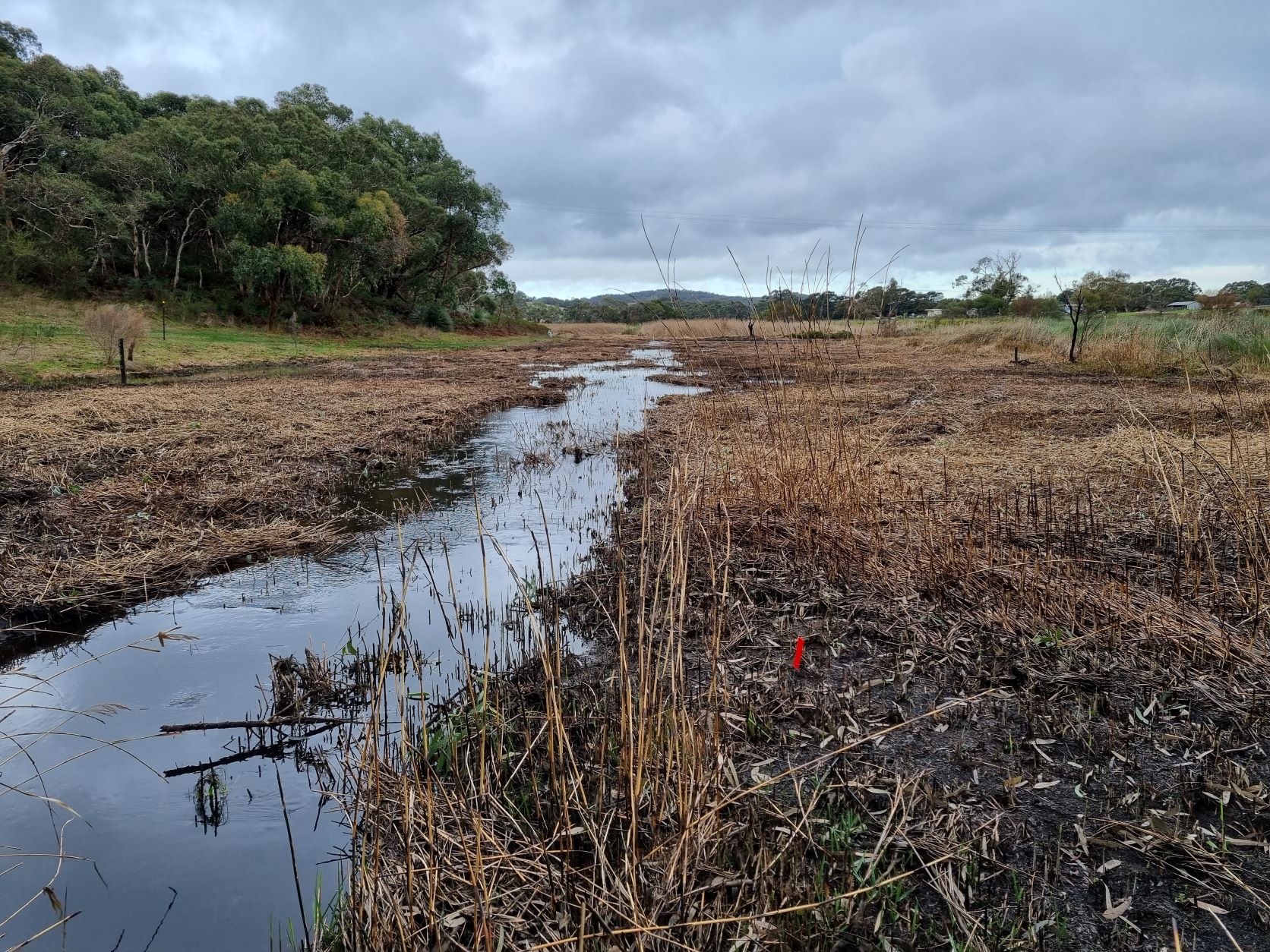

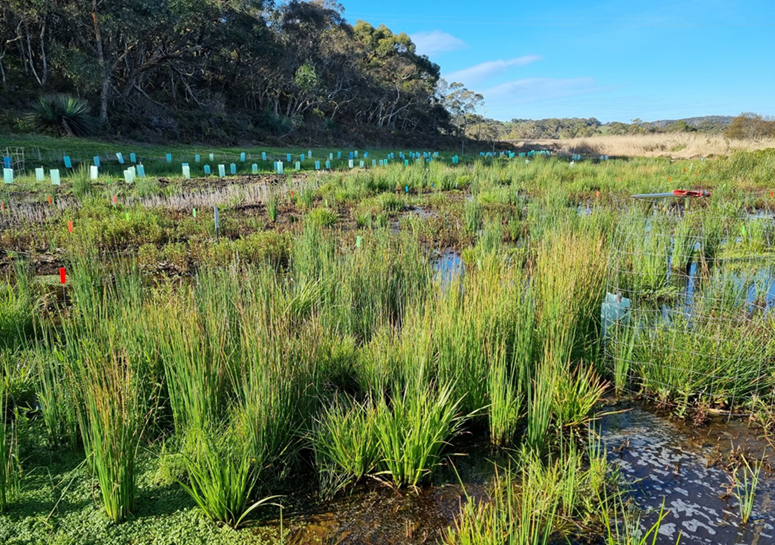
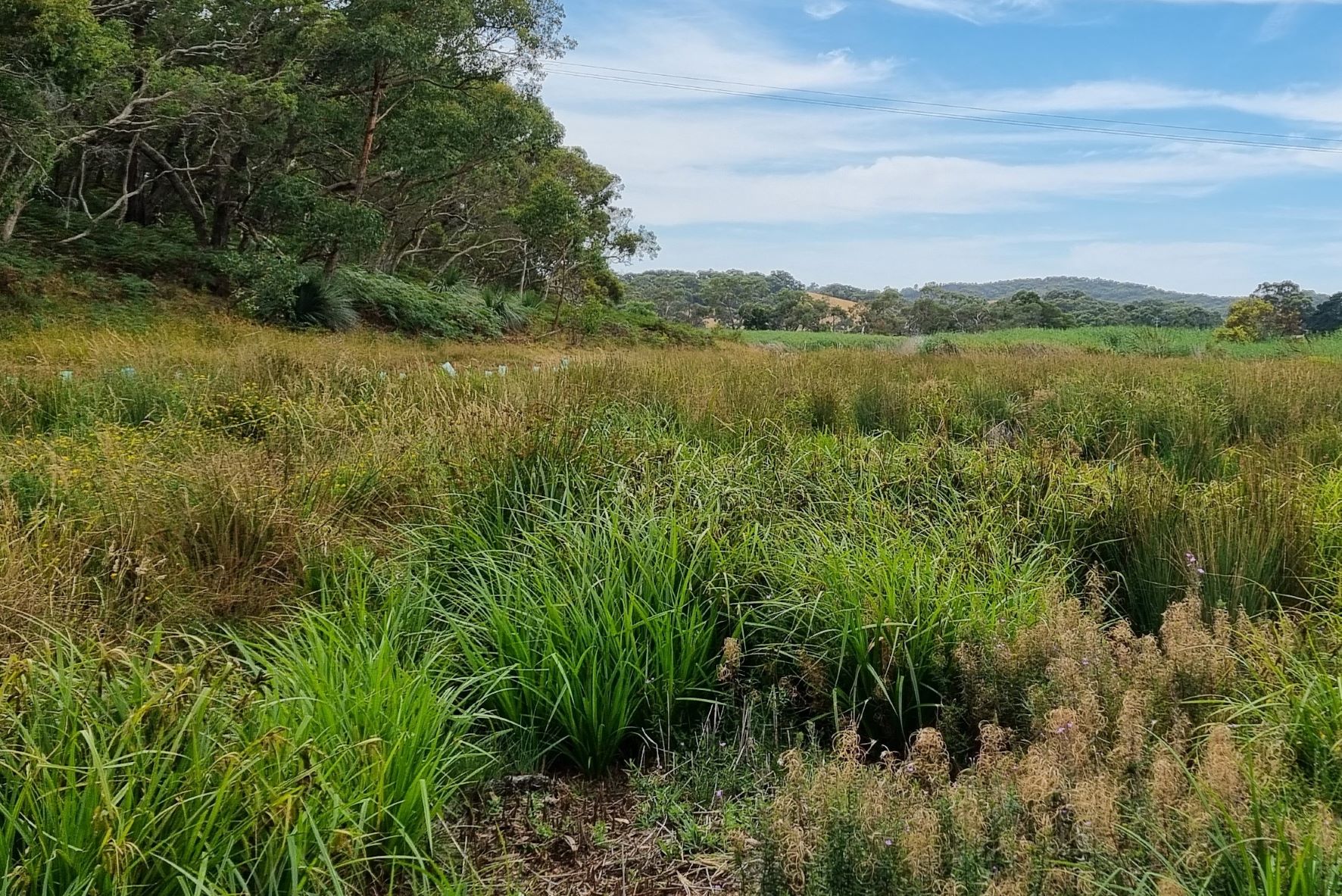
On March 3rd NGT’s Ben and Tess were invited back to participate in a Field Day to showcase the project to landholders from across the Hills and Fleurieu region. It was 23 degrees and sunny, and John’s wetland (now about 2 years since works began) was looking fantastic. Other presenters, who have all played a role in the project, included Traditional Owner Mark Koolmatrie, Dan Duvall from the Botanic Gardens State Seed Conservation Centre, Luke Price and Megan Harper from the Hills and Fleurieu Landscape Board and Chris Auricht from Auricht Projects. Expert botanist Denzel Murfet was also a guest. Chris Auricht provided a particularly interesting presentation on an innovative use of remote sensing (satellite) data that clearly demonstrated something we had strongly suspected but were yet to confirm: that the monoculture of Phragmites on the property is a recent (late 1980s) invasion into previously more diverse native wetland vegetation.
A beautiful, recovering wetland, perfect weather and such a great depth of knowledge gathered in one place made for what we hope was an event that inspires action throughout the region and beyond. Hydrological restoration of peat swamps such as this one, combined with a suite of other actions including prescribed burning, control of Phragmites and other pest plants, revegetation with rare and threatened plants and grazing control, has multiple benefits:
- biodiversity conservation – via the provision of habitat and drought refugia for wetland dependent species;
- hydrological benefits – by slowing and storing more water, and releasing it downstream more gradually over a longer period; and
- carbon storage – dry peat in drained swamps releases carbon dioxide into the atmosphere. By rehydrating peat we convert these swamps from a carbon source to a carbon sink.
And then then there are the intangible benefits, like the psychological wellbeing promoted by living within and caring for an ecologically healthy, biodiverse landscape. We thank John Fargher for inviting us to participate in the day. Photographs in the gallery below were all taken on the day by John’s wife Nicole Motteux and generously provided (click on an image to enlarge).
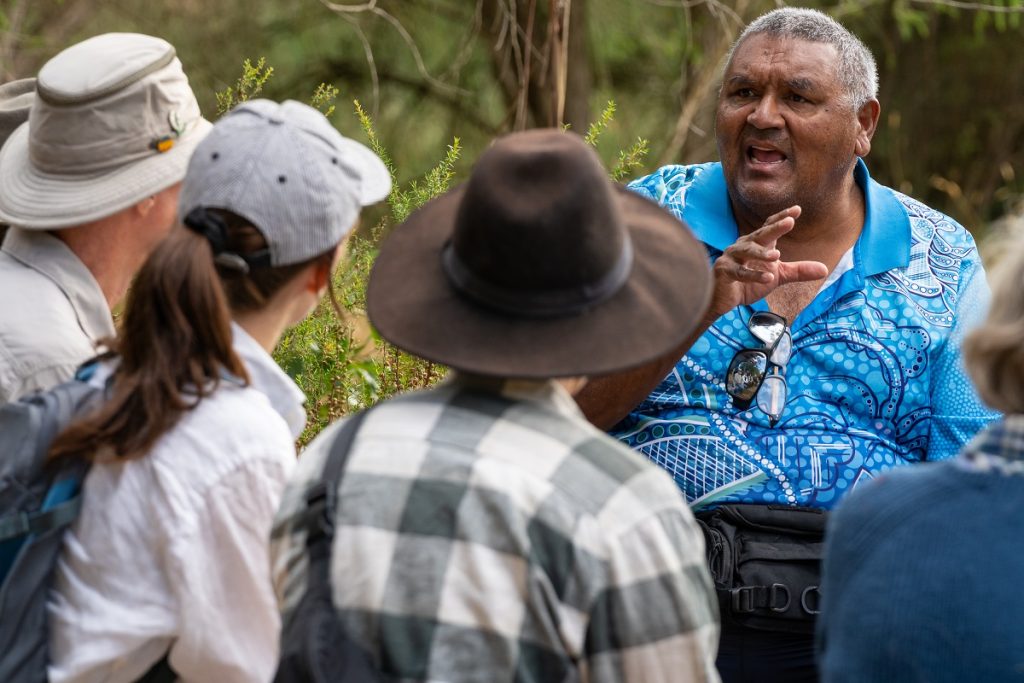
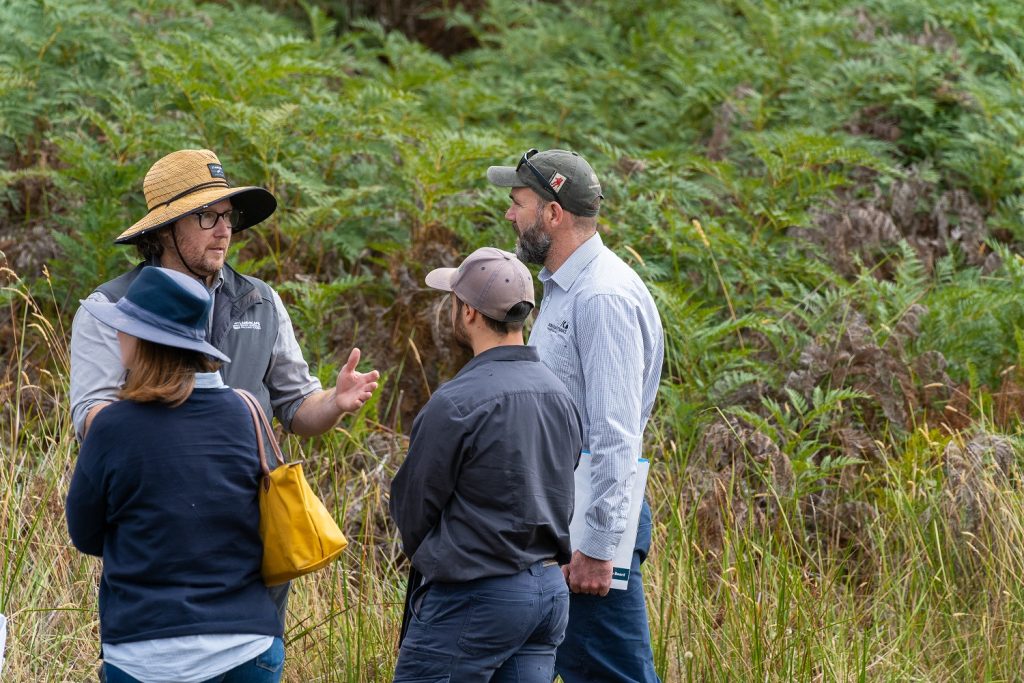
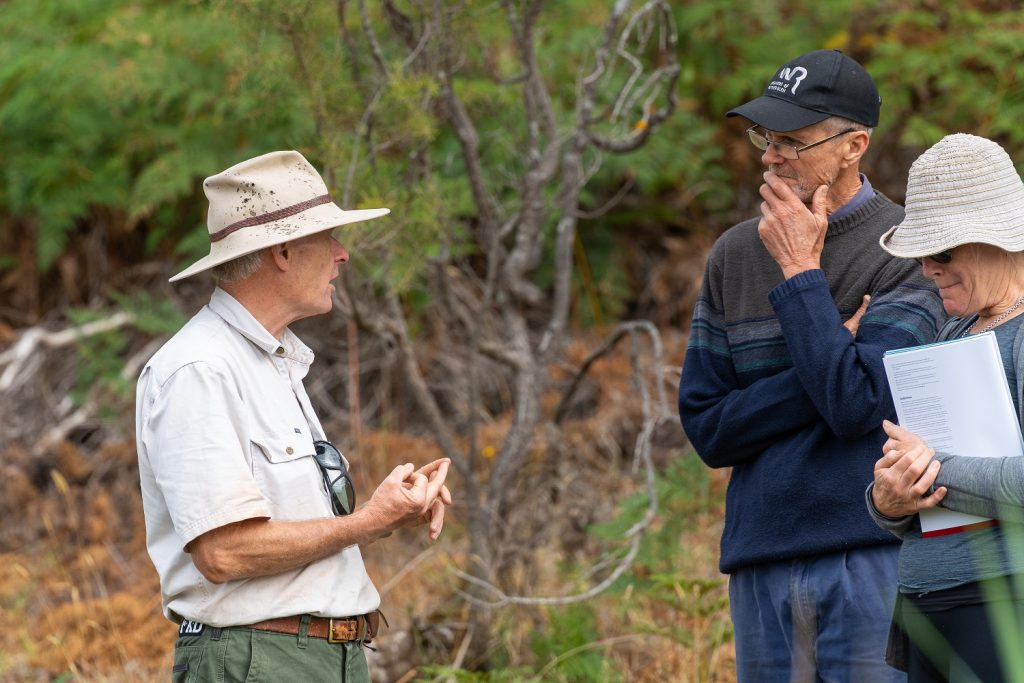
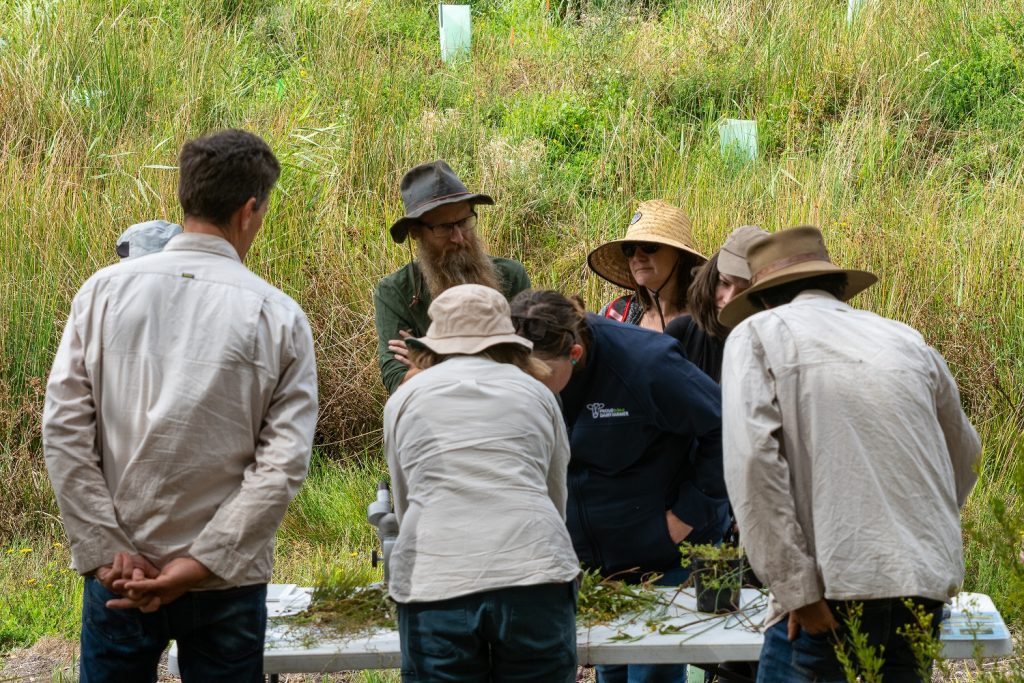
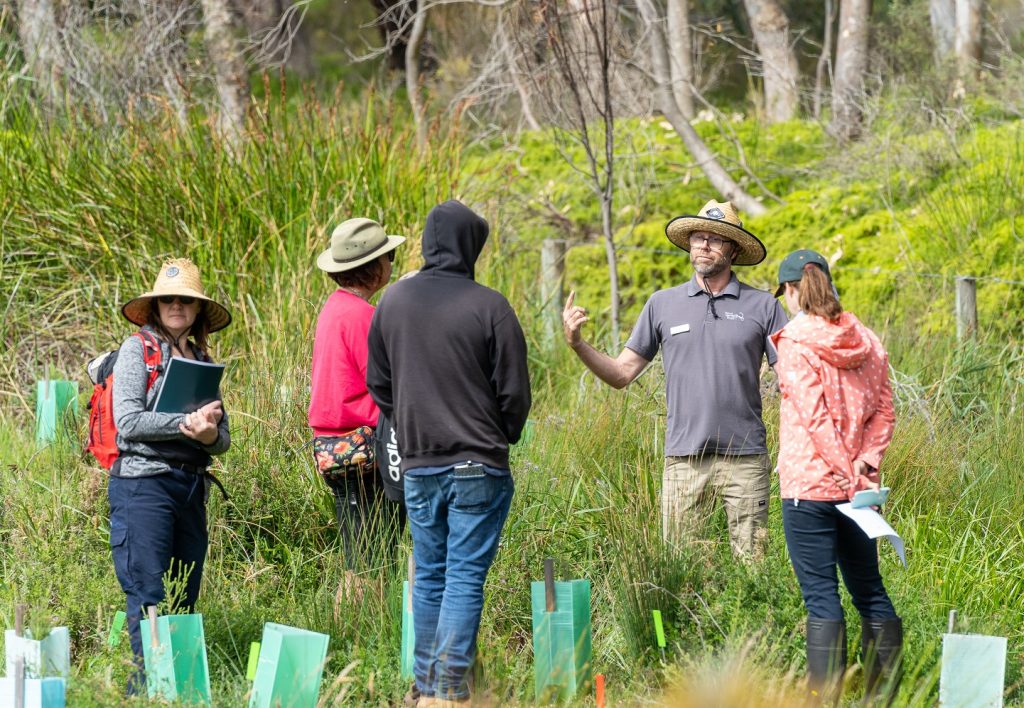
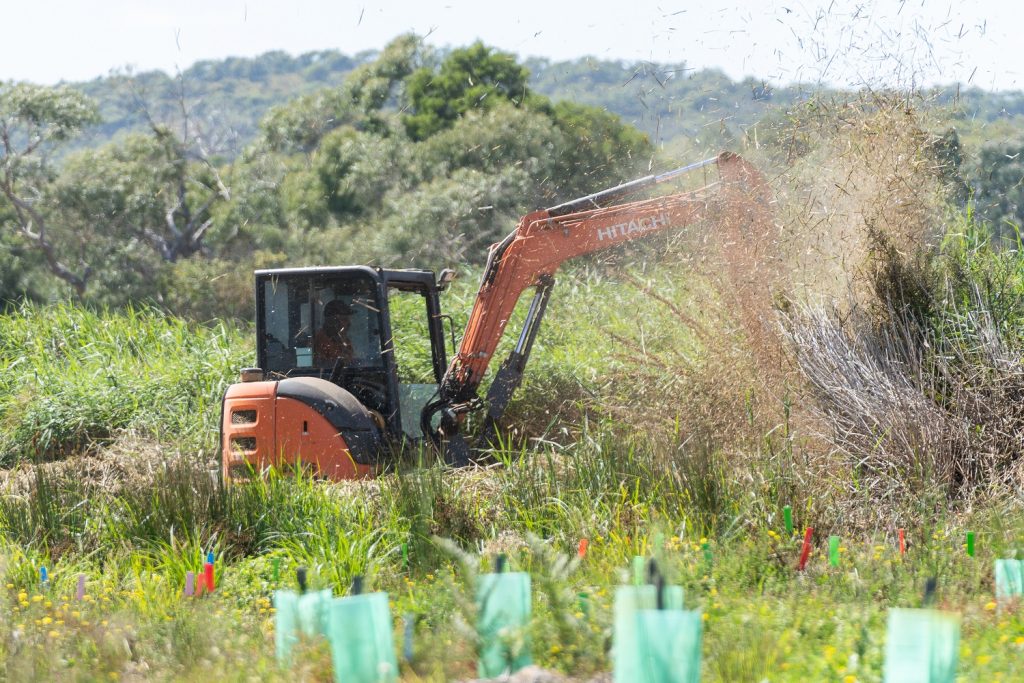
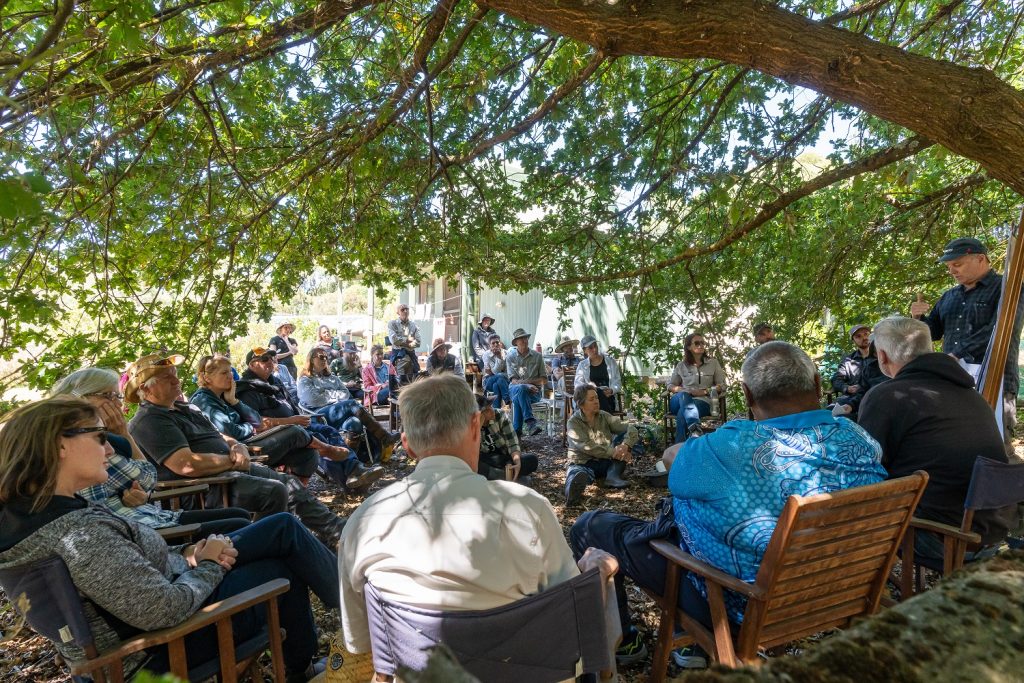
This project is supported by the Revitalising Private Conservation in SA program, funded by the South Australian Government.
